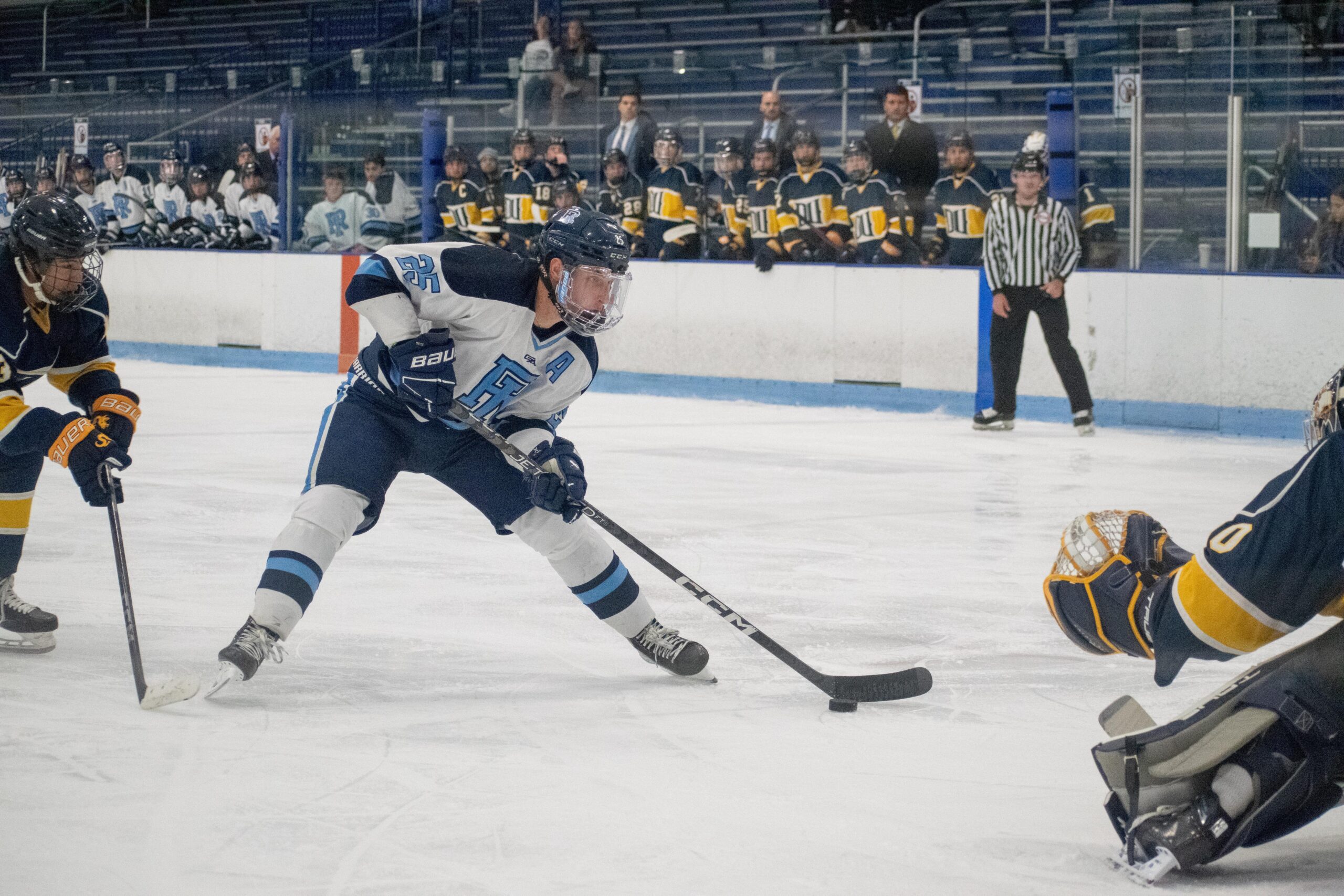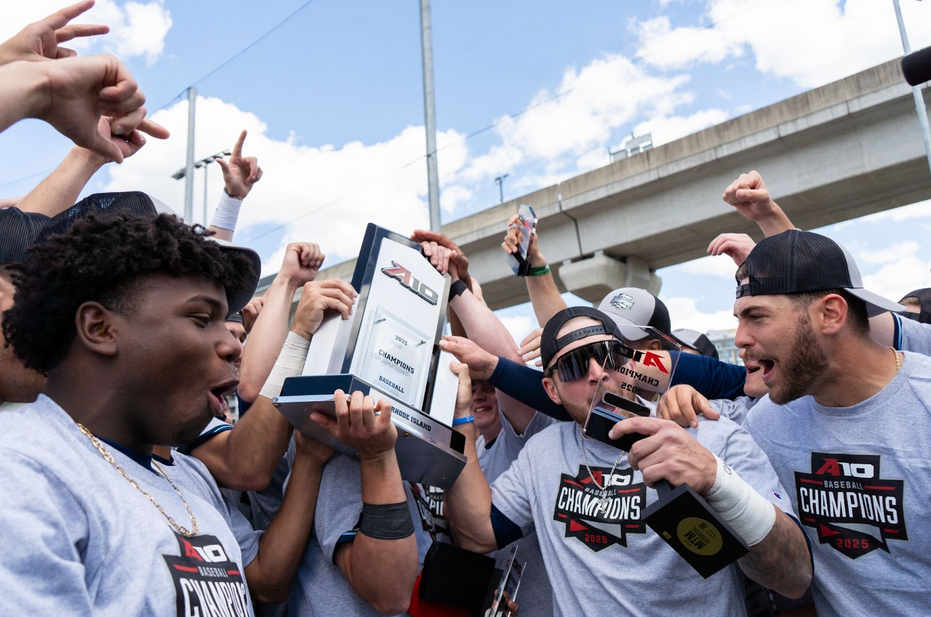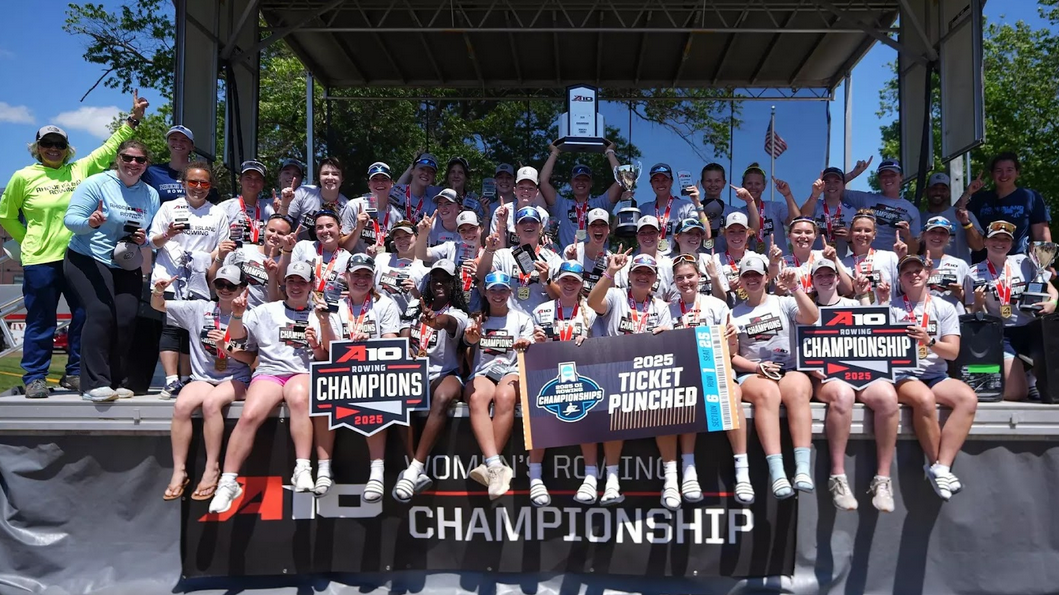The University of Rhode Island should have their men and women’s club hockey teams be an official part of NCAA Division I Hockey.
New England is known across the United States for Dunkin’, Boston accents, obnoxious fans and hockey. The Dunkin’ Beanpot is one of the most prestigious tournaments in all of college hockey. It’s a competition between the top four Boston schools: Boston College, Boston University, Harvard University and Northeastern University. These teams battle it out for hockey supremacy and bragging rights to determine who is the best hockey school in all of Boston.
That culture and pride about ice hockey spreads throughout the rest of the New England region. Programs like Providence College, who are ranked 11th in the nation, and Quinnipiac University, currently ranked 15th in the nation, recently winning the NCAA Championship in 2023.
It seems almost unacceptable that a state university located in New England wouldn’t have a Division I hockey team. So, why haven’t URI President Marc Parlange and athletic director Thorr Bjorn made the move to make the club ice hockey teams an official part of URI athletics? The answer isn’t clear, but there are a couple of assumptions that can be made as to why.
One potential reason that the club ice hockey teams haven’t made the move up is Title IX. URI has already added a women’s lacrosse team to their Division I varsity slate along with having a club lacrosse team. The men’s lacrosse team, on the other hand, competes at the club level as there is no Division I men’s lacrosse team at URI. This discrepancy between the two teams can be attributed to URI having to meet Title IX requirements according to the University of Rhode Island Magazine . So, if both the men’s and women’s teams were moved up it could cause more Title IX issues to arise for the university. This promotion also may cause the university to either promote more teams from the club level to the Division I level or offer more scholarships for certain teams to meet those requirements.
Another potential reason is simply money. The promotion of the programs could cause the university to spend even more money in athletic scholarships for other teams like women’s soccer or rowing or track and field due to Title IX requirements since there would be a difference in the percentage of student-athletes who identify as either a man or woman. These differences in percentages affect how much financial aid, or scholarships, can be given to those student-athletes.
A final reason is the interest level in the hockey program. I have been at both men’s and women’s hockey games at Boss Ice Arena and I can definitely say that attendance is lackluster. You do have to pay to get into the arena to watch the game. This way of funding the team is definitely a way to get students to go back to their dorm or attend another game like soccer as attendance is free for those games. Also, since the programs aren’t an official part of the athletics program, the university doesn’t promote games, provide game recaps, have official stats or have a way you can easily stream the game if you are unable to attend. This lack of attention towards the programs is a sort of self-fulfilling prophecy for the university. It causes this cycle of a lack of promotion of the games garners a lack of attention. This lack of attention then means that the university won’t waste its already strained resources to promote the games to the student body causing a lack of attention. This lack of attention and the cycle it causes will continue until either the university decides to invest more into ice hockey and start promoting the games or they eventually decide to make the programs an official part of the athletics program.
Put these teams in Division I and give these coaches, players and fans of this team a chance to show that there is significant interest in these teams when they are given the proper resources like all the other teams at URI.




